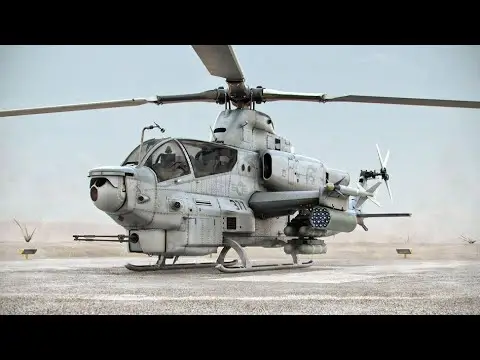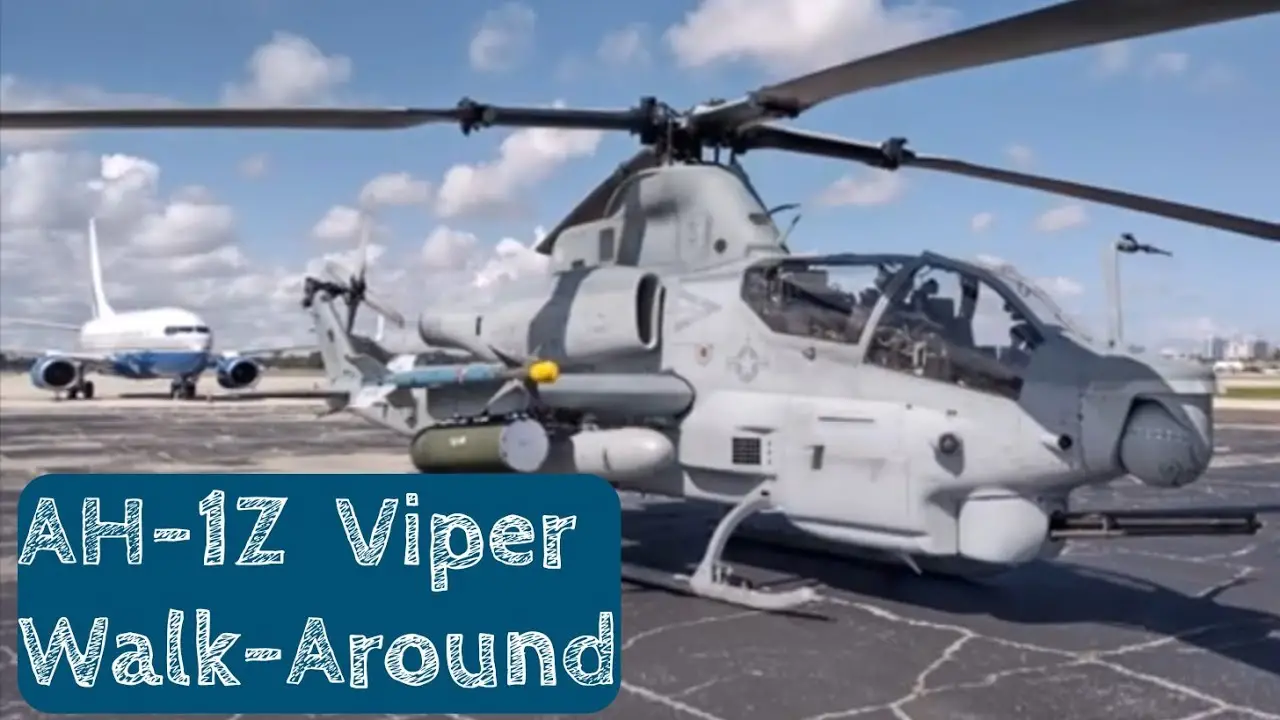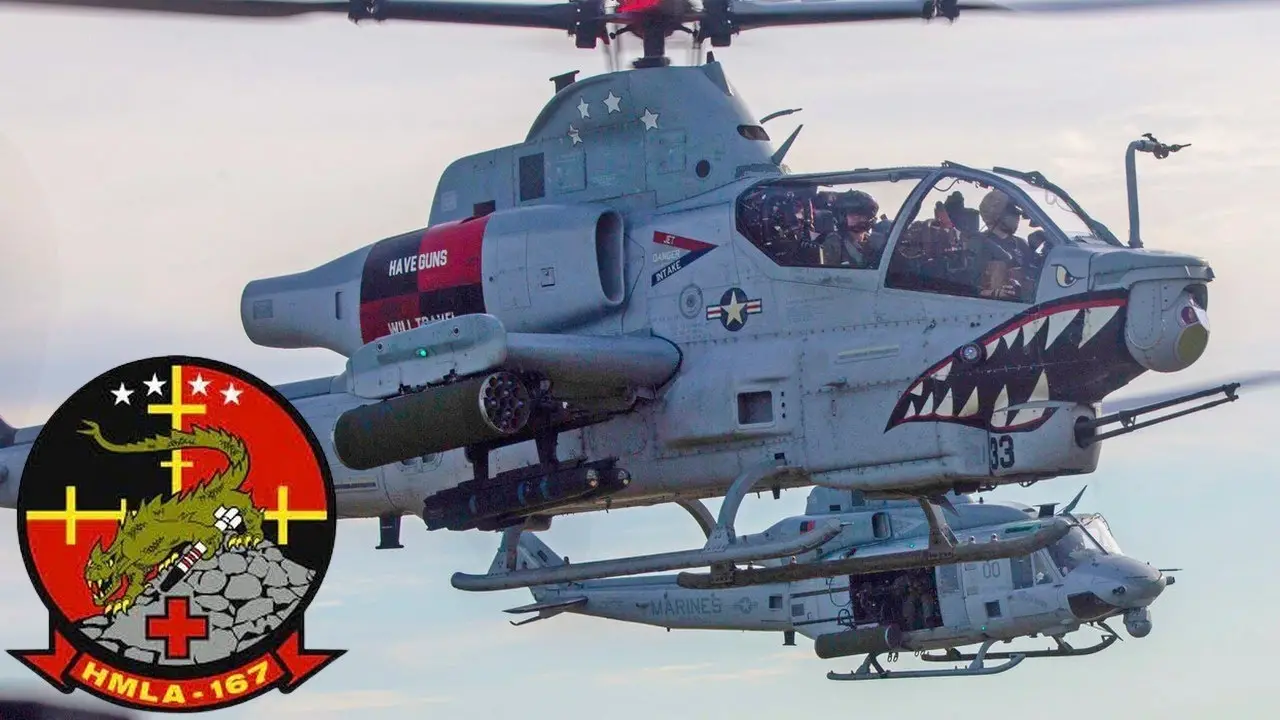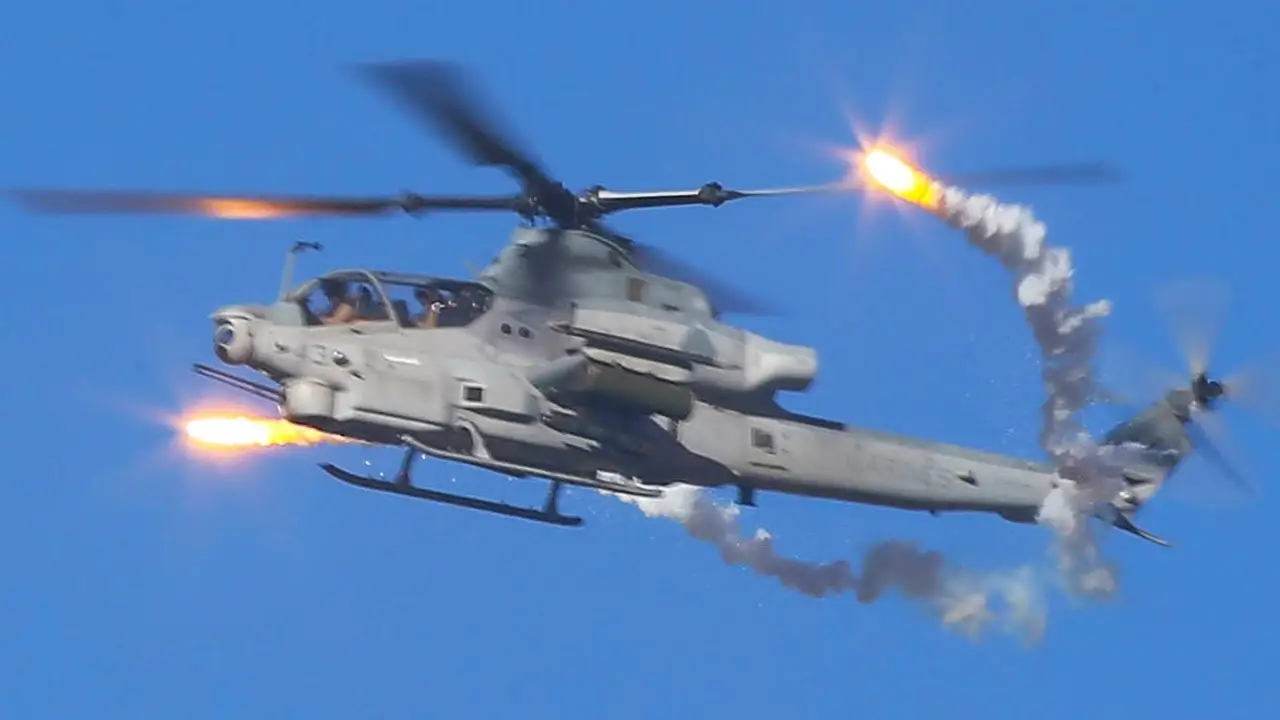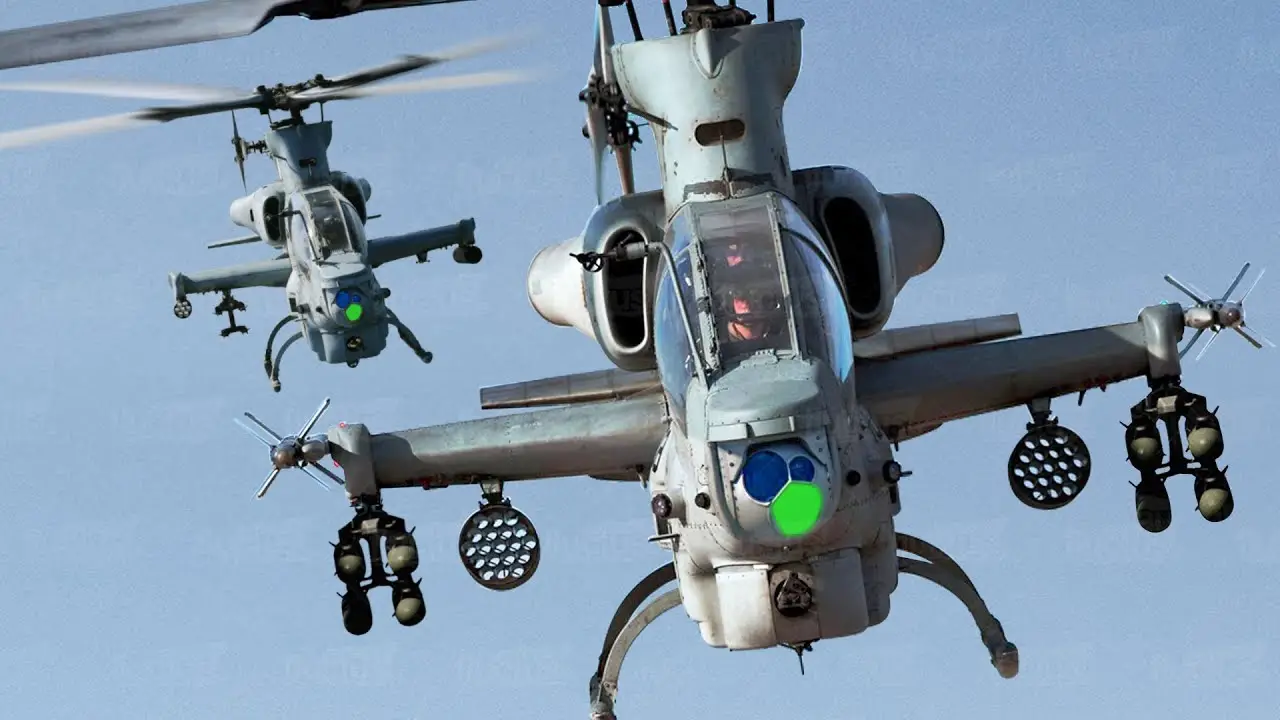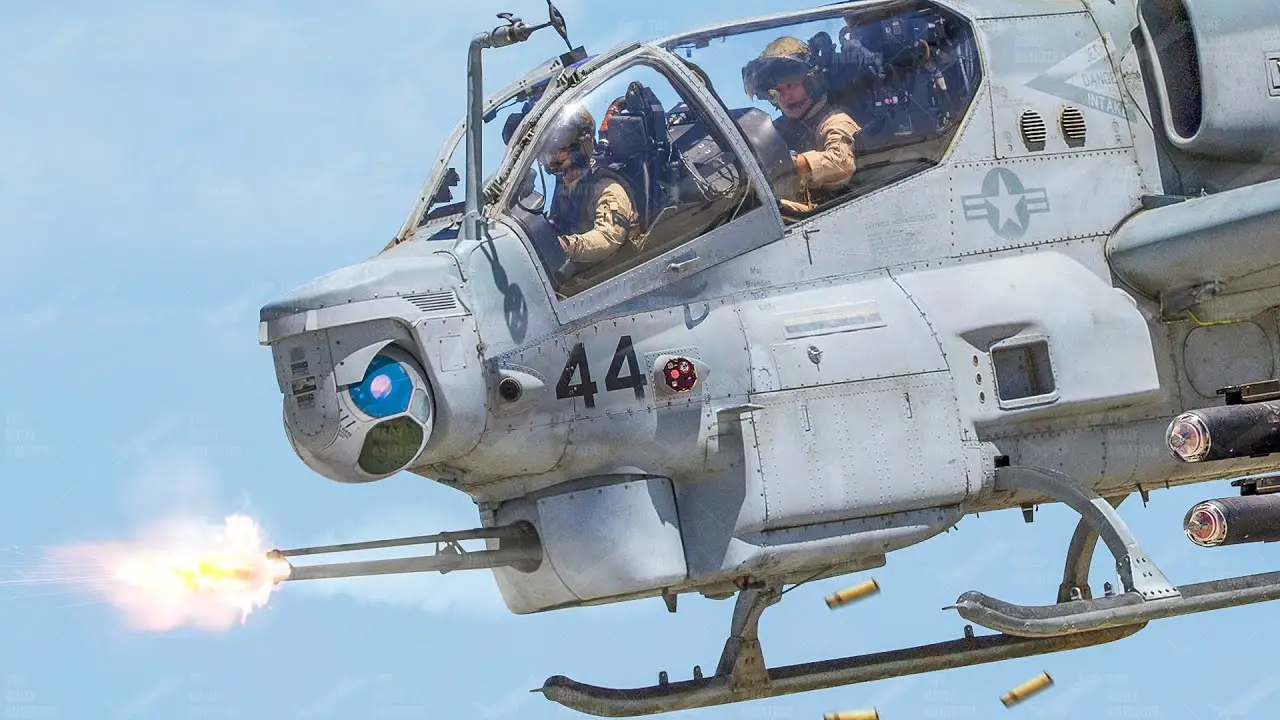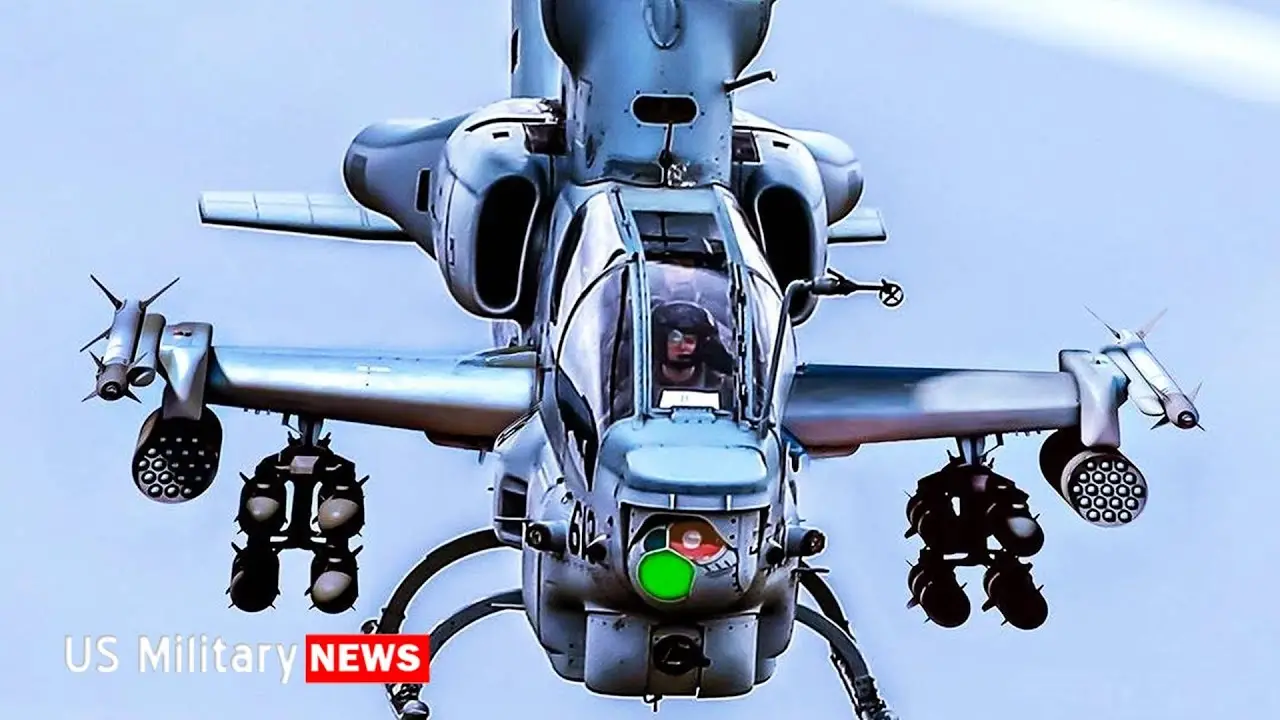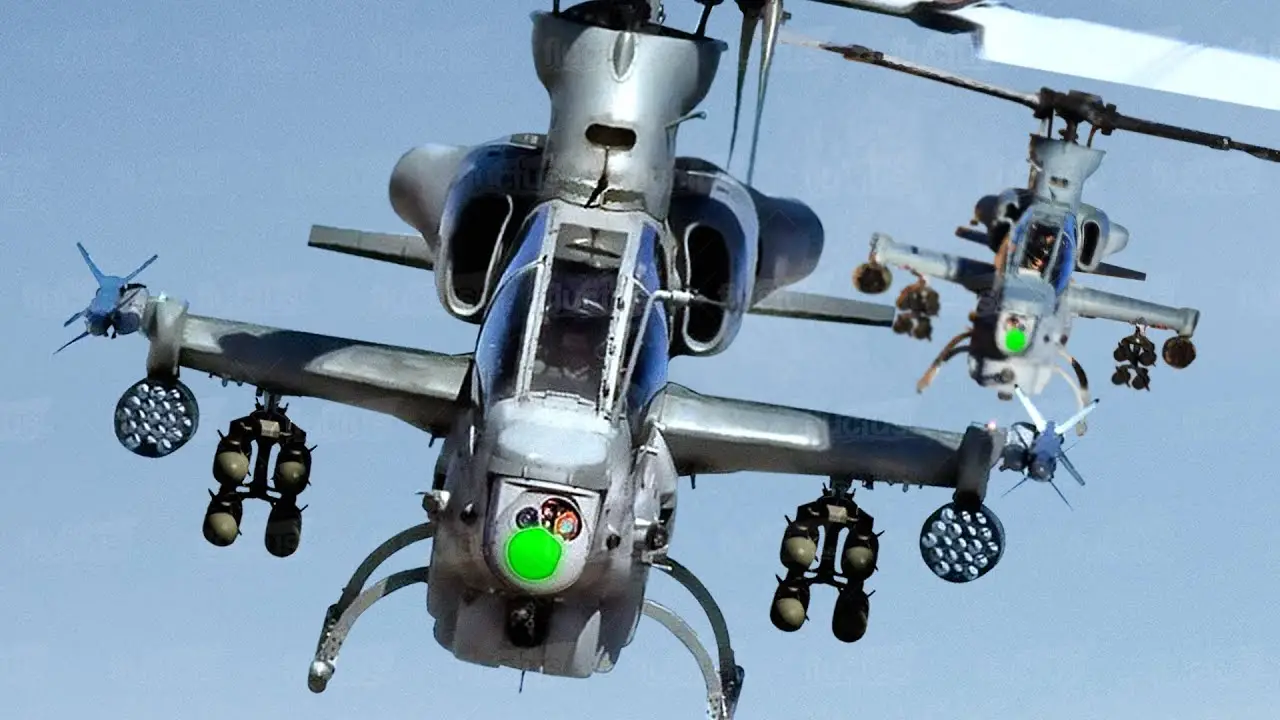Unveiling the AH-1Z Viper’s Dominance

The AH-1Z Viper is a formidable attack helicopter that has been in service with the United States Marine Corps since 2010. It is a highly advanced and versatile aircraft that has proven its dominance in combat situations. In this blog post, we will take an in-depth look at the design, features, combat capabilities, weapons and systems, performance and specifications, operational history, and future upgrades of the AH-1Z Viper. We will also compare it to other attack helicopters to understand why it is considered one of the best in the world.
Introduction to AH-1Z Viper
The AH-1Z Viper is a twin-engine, two-seat attack helicopter that was developed by Bell Helicopter for the US Marine Corps. It is a modernized version of the AH-1W Super Cobra and is part of the H-1 upgrade program. The Viper is equipped with state-of-the-art avionics, sensors, and weapons systems, making it a lethal weapon on the battlefield.
Design and Features of AH-1Z Viper
The AH-1Z Viper has a sleek and aerodynamic design that allows it to fly at high speeds and maneuver easily in combat situations. It has a length of 17.8 meters, a height of 4.1 meters, and a rotor diameter of 14.6 meters. The helicopter has a maximum takeoff weight of 8,391 kg and can carry a variety of weapons and systems.
One of the key features of the AH-1Z Viper is its integrated glass cockpit, which provides the pilots with a 360-degree view of the battlefield. The cockpit is equipped with a helmet-mounted display system, allowing the pilots to target and engage enemy threats without having to look down at their instruments. This feature gives the Viper a significant advantage over other attack helicopters.
Another notable feature of the Viper is its advanced Target Sight System (TSS), which includes a laser designator, infrared camera, and a color TV camera. The TSS allows the pilots to detect and engage targets day or night, in all weather conditions. It also has a range of up to 8 kilometers, giving the Viper an edge in long-range engagements.
AH-1Z Viper’s Role in the Military
The primary role of the AH-1Z Viper is to provide close air support to ground troops and conduct anti-armor and armed reconnaissance missions. It is also capable of conducting air-to-air combat and can be used for escort and security missions. The Viper is often deployed in support of ground forces in both offensive and defensive operations.
AH-1Z Viper’s Combat Capabilities
The AH-1Z Viper is equipped with a variety of weapons and systems that make it a formidable combat machine. It has a 20mm three-barrel cannon mounted under the nose, which can fire up to 650 rounds per minute. The Viper can also carry a combination of AGM-114 Hellfire missiles, AIM-9 Sidewinder air-to-air missiles, and Hydra 70 rockets on its four hardpoints.
In addition to its weapons, the Viper is also equipped with advanced sensors and avionics that allow it to operate effectively in any environment. Its integrated electronic warfare suite provides protection against radar-guided and heat-seeking missiles, while its digital flight control system ensures precise and stable flight.
AH-1Z Viper’s Weapons and Systems
The AH-1Z Viper is equipped with a wide range of weapons and systems that give it the ability to engage various types of targets. Let’s take a closer look at some of the key weapons and systems of the Viper.
Weapons
- 20mm three-barrel cannon: The Viper’s M197 cannon is capable of firing up to 650 rounds per minute and has a range of 1,500 meters. It can be used for both air-to-air and air-to-ground engagements.
- AGM-114 Hellfire missiles: The Viper can carry up to 16 Hellfire missiles, which are laser-guided and can engage targets up to 8 kilometers away. These missiles are highly effective against armored vehicles and fortified positions.
- AIM-9 Sidewinder missiles: The Viper can carry up to 4 Sidewinder missiles, which are heat-seeking and can engage enemy aircraft within visual range.
- Hydra 70 rockets: The Viper can carry up to 76 unguided Hydra 70 rockets, which are effective against soft targets such as personnel, light vehicles, and buildings.
Systems
- Target Sight System (TSS): The TSS is an advanced sensor system that includes a laser designator, infrared camera, and color TV camera. It allows the pilots to detect and engage targets day or night, in all weather conditions.
- Helmet-Mounted Display (HMD): The HMD provides the pilots with a 360-degree view of the battlefield and allows them to target and engage threats without having to look down at their instruments.
- Integrated Electronic Warfare Suite (IEWS): The IEWS provides protection against radar-guided and heat-seeking missiles by jamming their signals and deploying countermeasures.
- Digital Flight Control System (DFCS): The DFCS ensures precise and stable flight by automatically adjusting the helicopter’s controls based on the pilot’s inputs and environmental conditions.
AH-1Z Viper’s Performance and Specifications
The AH-1Z Viper is a highly maneuverable and versatile attack helicopter that has impressive performance capabilities. It has a maximum speed of 420 km/h and a range of 610 kilometers. The Viper can operate at altitudes of up to 6,100 meters and has a service ceiling of 4,600 meters.
The helicopter is powered by two General Electric T700-GE-401C turboshaft engines, each producing 1,800 shaft horsepower. This gives the Viper a power-to-weight ratio of 5.3, allowing it to perform high-speed maneuvers and carry heavy loads.
AH-1Z Viper’s Operational History
The AH-1Z Viper has been in service with the US Marine Corps since 2010 and has seen action in various conflicts around the world. It was first deployed in Afghanistan in 2012 and has since been used in operations against ISIS in Iraq and Syria. The Viper has proven its effectiveness in close air support missions, providing cover for ground troops and destroying enemy targets.
In addition to its combat missions, the Viper has also been used for humanitarian assistance and disaster relief operations. In 2013, Vipers were deployed to the Philippines to assist with relief efforts after Typhoon Haiyan devastated the country.
the F-35B Lightning II Everything You Need to Know
AH-1Z Viper vs. Other Attack Helicopters
The AH-1Z Viper is often compared to other attack helicopters such as the Boeing AH-64 Apache and the Russian Mi-28 Havoc. While all three helicopters have similar roles and capabilities, the Viper stands out in several areas.
Firstly, the Viper has a more advanced integrated glass cockpit and helmet-mounted display, giving its pilots better situational awareness and target engagement capabilities. It also has a longer range and higher speed than the Mi-28, making it more suitable for long-range engagements.
In terms of weapons, the Viper’s combination of Hellfire missiles, Sidewinder missiles, and Hydra 70 rockets gives it a wider range of capabilities compared to the Apache’s Hellfire and Hydra 70 combination. The Viper also has a higher power-to-weight ratio than both the Apache and the Mi-28, allowing it to perform more agile maneuvers.
The Fascinating Life Story of Lisa Marie Presley From Her Early Years to Her Impact on Pop Culture
Future Upgrades for AH-1Z Viper
The AH-1Z Viper is constantly being upgraded to maintain its dominance on the battlefield. One of the most significant upgrades is the integration of the Joint Air-to-Ground Missile (JAGM), which will replace the current Hellfire missiles. The JAGM is a multi-purpose missile that can engage both stationary and moving targets, making it more versatile than the Hellfire.
Other planned upgrades for the Viper include improved sensors and avionics, as well as enhancements to its weapons systems. These upgrades will ensure that the Viper remains a highly capable and effective attack helicopter for years to come.
Conclusion: The Dominance of AH-1Z Viper
In conclusion, the AH-1Z Viper is a highly advanced and versatile attack helicopter that has proven its dominance in combat situations. Its sleek design, advanced features, and powerful weapons and systems make it a formidable weapon on the battlefield. The Viper’s role in the military, combat capabilities, weapons and systems, performance and specifications, operational history, and future upgrades all contribute to its reputation as one of the best attack helicopters in the world. With continuous upgrades and advancements, the AH-1Z Viper will continue to play a crucial role in protecting and supporting ground forces in various operations.

